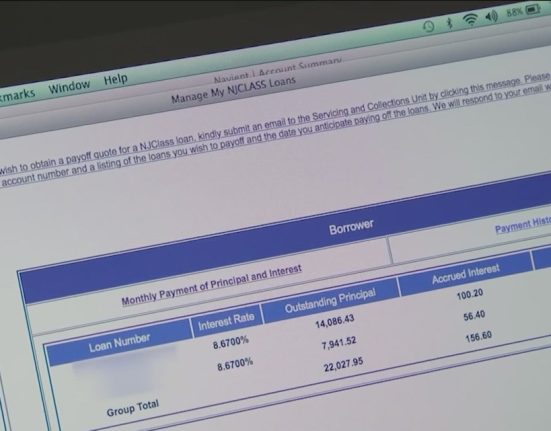BBC business reporter
 Getty Images
Getty ImagesMillions of British households are facing an average £107 rise in monthly mortgage payments as their deals expire, according to the Bank of England.
It has said that 3.6 million home loans are coming up for renewal over the next three years, equating to 41% of all outstanding mortgages.
But the number of mortgages facing expiry is less than the Bank of England had initially expected and the monthly hike is below the £146 increase it had first anticipated.
While some bills will rise, a fall in interest rates is slowly feeding its way into typical monthly mortgage payments following four cuts by the Bank of England since last August.
Around 2.5 million households, or 28% of mortgage holders, will see their bills fall in the next three years.
Meanwhile, first-time buyers are likely to get more access to mortgages as banks and building societies are allowed to loosen a cap on riskier lending.
In its latest Financial Stability Report, the Bank of England’s governor Andrew Bailey said at present just under 10% of new mortgages issued exceed 4.5 times a borrower’s income.
He said he would be happy to see that percentage rise.
Individual banks and building societies will be allowed to exceed a 15% limit on higher loan-to-value mortgages.
The looser cap comes after a call by the UK government for regulators to look for ways to encourage economic growth.
The Bank reckons the change could lead to up to 36,000 new higher loan-to-income mortgages a year.
But the mortgage lending industry as a whole will have to stick to a 15% limit on riskier home loans.
Elsewhere, the bank said financial instability across the globe had increased, after the US-led global trade war.
While there had been little direct impact so far on British households and companies, some significant changes were occurring to the global financial system.
In particular the traditional strengthening of the US dollar as a safe haven in times of turmoil appeared to have changed since the start of the global tariff war.
Investors and large companies who never previously felt the need to hedge or insure against a weak dollar were now doing so, the Bank said.
This has added to the weakness of the US dollar this year, which is already down about 10% against a range of currencies.
US president Donald Trump has said he wants a weaker dollar, arguing that will boost exports and US manufacturing jobs growth.
However, imported goods can get more expensive, adding to any price rises from tariffs.








